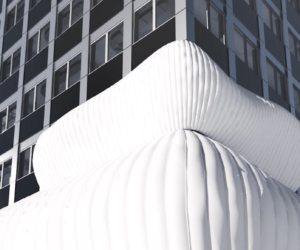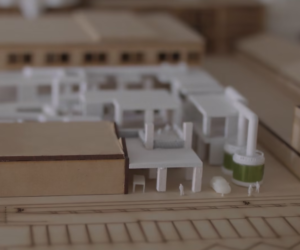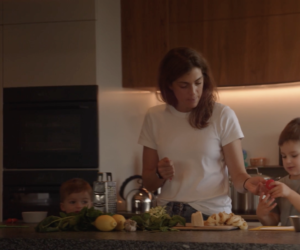Circularity presented by RMIT, Polestar and Green Magazine – Bio-Sc Iron Ore
“Circularity: Materials + Form” will run from June 27-29th in Fitzroy, Melbourne, showcasing projects from the RMIT Master of Architecture Design Studio and Research Elective
Bio-Sc Iron Ore from RMIT Architecture on Vimeo.
The synthetic iron ore project explores an innovative material blending synthetic biological compounds with traditional iron ore to create adaptive, self-healing architectural elements. Imagine buildings that grow, change, and repair themselves, blurring the line between the built environment and natural growth. Through advanced additive manufacturing and a precise lattice structure, the material evolves in response to external stimuli, offering durability and adaptability. This approach challenges perceptions of architecture, transforming buildings into dynamic, living entities that enhance sustainability and redefine our interaction with the urban landscape.
The project combines the robust properties of iron ore with the dynamic capabilities of synthetic biological compounds (Bio-Sc). The core idea is to create a material that adapts, heals, and reconfigures itself in response to environmental stimuli and structural demands. Traditional building materials, though robust, are static and prone to wear, requiring frequent maintenance and replacement. The synthetic adaptive iron ore integrates a flexible, self-organising lattice structure at the molecular level.
This material enhances the longevity and sustainability of architectural structures. Advanced additive manufacturing techniques allow customisation of the lattice structure to meet specific engineering requirements, optimising for strength, flexibility, and efficiency. The material’s self-healing ability reduces the need for extensive repairs, and its adaptability allows it to respond
to environmental changes. Our approach not only reduces the environmental footprint of construction but also redefines our perception of buildings. By transforming static structures into dynamic, living entities, the project anticipates a future where architecture evolves alongside the natural environment.
BILLY SWAIN & DIEGO TELLEZ RODRIGUEZ


